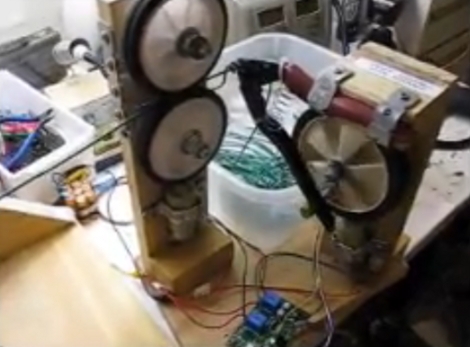
Let’s face it, you’ll never break the motorcycle land speed record without a stellar engineering team and some serious corporate sponsorship. But this build proves that individuals can still set other speed records. [Colin Furze] rode his motorized baby carriage over the 53 mile per hour mark to set a the world’s record. We were surprised to learn it only took him about one month and $750 to build the infant death machine.
The design appears to take a page from the commercial lawnmower industry. We say that because the driver rides along on a little tow dolly behind the carriage itself. All of the controls are mounted within easy reach of the T-bar steering mechanism. There are a couple of rockers for his thumbs which actuate the gas and brakes. Red push buttons just below the handlebars are used for up and down shifting with a third button used as a kill switch. The only thing missing from the write up is video footage of the actual 53mph run. We guess you’ll just have to take his word for it.
[via Dvice]


















